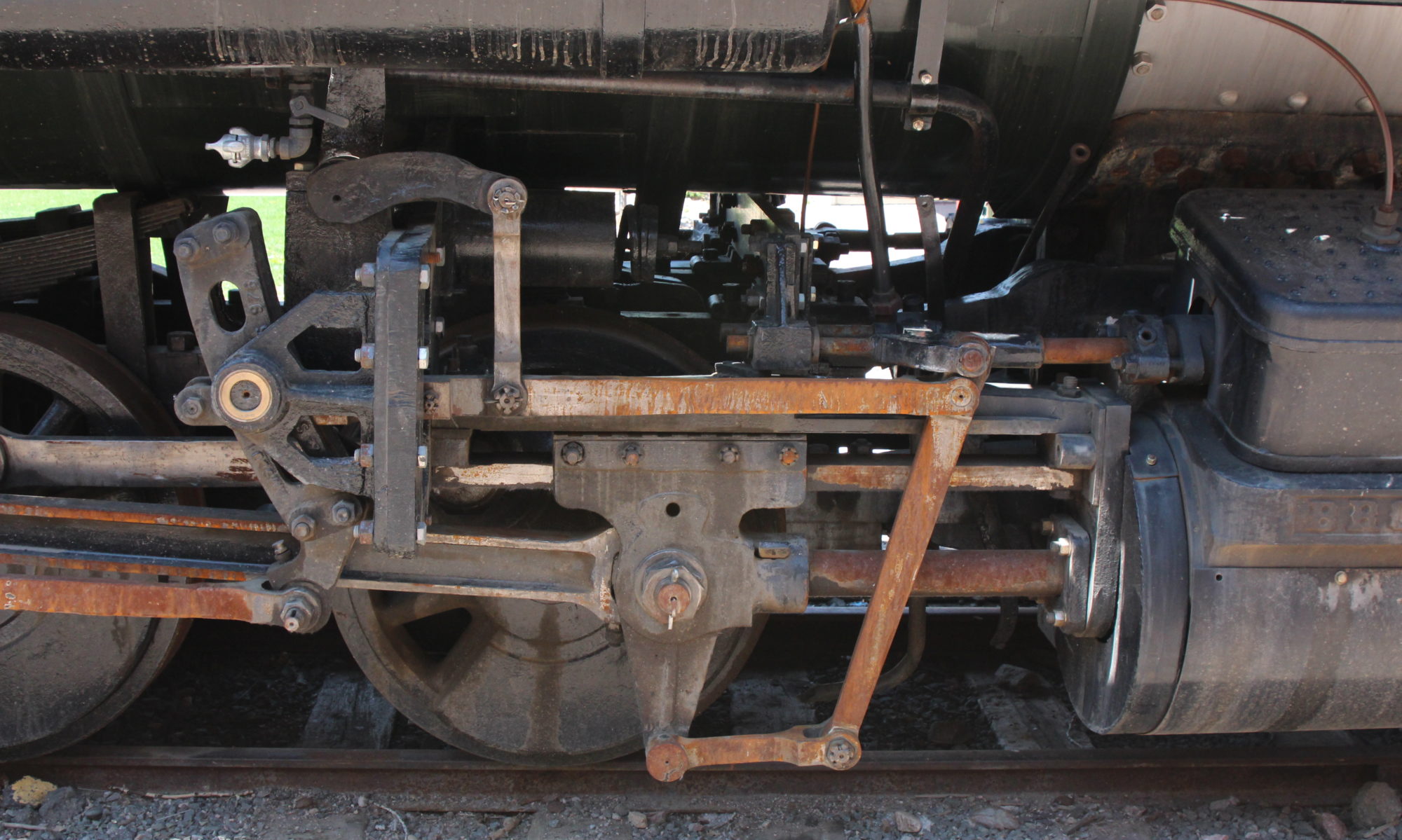Making PCB Boards
| Overview Notes from Free PCB Article | |
| Item | Comment |
| Software | FreePCB |
| Minimum Trace | 5mil 25 normal 50 power 15 between DIP pins |
| Trace Corners | 45 degree minimum |
| Via size | 30mil |
| Hole | 35 use 1/32 bit = 31.25mil |
| Pads for DIPs | 60mil 55 = default (small pad) 15mil trace with 15mil space 70 = LGT (Large pad with Trace) 10mil trace with 10mil space 75 = LG (Large pad no trace) if no traces between pins |
| Paper | Multilayered
Top layer polymer (plastic) Intermediate = paper Backing layer = paper Glossy Photo paper if paper backed Stapels Basic Glossy Magazine paper (coatings may gum up laser) |
| Printer | Laser only
CPT technology =chemically precipitated toner (particles uniform and spherical) 5um particle size Attrited Toner (irregular shape and pitted) 15um particle size HP, Canon, Samsung, Konica, Minolta Yes Lexmark NO |
| Artwork | 600DPI
Print back side mirrored (as done by software) as when imprinting it flips. Top layer has to be flipped be GIMP software Turn on pilot holes when making Gerber files |
| Printing | Crop image so print routine doesn’t autocrop
Set Printer to Max Darkness Turn off image enhancing modes like PQET Print on glossy side |
Steps to Produce PCBs
- Produce Artwork. Be careful on image mirror direction. Check twice.
- Cut out artwork on 3 sides and leave extra on 4th side if doing double layer boards
- Use bright light and align holes and vias and then staple 4th side. Note tone is on inside for both prints.
- Prep Circuit board: Use 00 grade steel wool or equivalent. Rinse with water. Sand one direction and then turn 90 degrees. Make it bright and shinny. Then clean with acetone (removes oils)
- Prep area with Ceramic Tile or countertop. Make it very clean.
- Preheat iron to max heat and no steam
- Fill basin with piping hot water.
- Align artwork onto Prepped board and lay on ceramic surface
- Glide iron from stapled side slowly (30-40 seconds) across board. This tacks down artwork. No place iron on board and press in place for 15 seconds. Repeat this across the board. Use a solid part of the iron (no vent holes). Finish by using tip slowly around outside edge. Flip carefully to second side and repeat process for second side of artwork.
- Place board into hot water basin. Cold water causes contraction and cracking. Wait for paper to become translucent (1/2 hour). Use tub or stream of hot water and work off paper with soft toothbrush or fingers. Don’t be aggressive and use circular motions. Only worry about paper removal from bare portions. Paper on toner does not matter.
- Touchup: Use Ethanol marker to fill in gaps. Electrical tape can also be used.
- Aborting: Toner can be removed with Acetone and you can start over if needed.
Notes on Component and Pad Sizes
| Component | Footprint | Pad size | Hole size |
| RC05 | 400 | 75 | 35 |
| RC06 | 400 | 75 | 28 |
| RC07 | 500 | 75 | 35 |
| RC12 | 600 | 75 | 35 |
| RC20 | 600 | 94 | 45 |
| RC32 | 800 | 94 | 52 |
| RC42 | 1000 | 100 | 52 |
| RL05 | 400 | 75 | 28 |
| RC07 | 500 | 75 | 35 |
| Pad | Hole | ||
| Single pad | 75 | 35 | 20 wide O pad |
| Single pad | 60 | 35 | 12.5 wide O pad |
| Single pad normal hole | 55 | 35 | 10 wide O pad |
| Single pad default | 55 | 28 | 13.5 wide O pad |
| No trace between pin | 75 | 35 | 25 space between pads |
| 10mil trace between pin LG | 75 | 35 | 7.5 space pad to trace |
| 15mil trace between pin normal | 55 | 35 | 15 space pad to trace |
| 20 mil trace between pin LGT | 60 | 35 | 10 space pad to trace |
